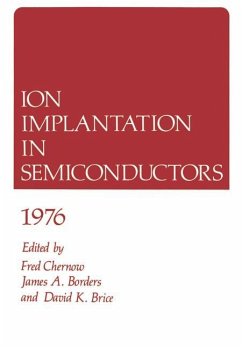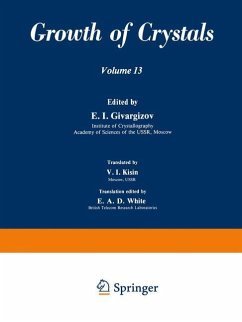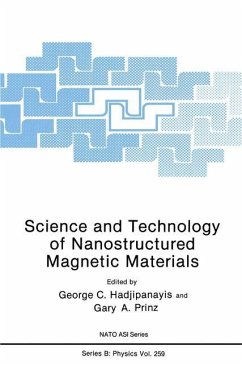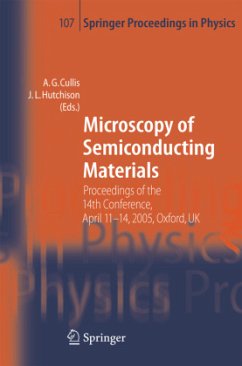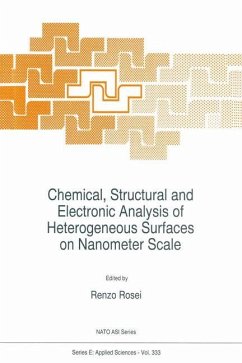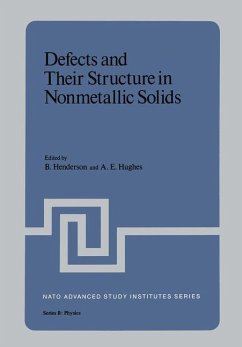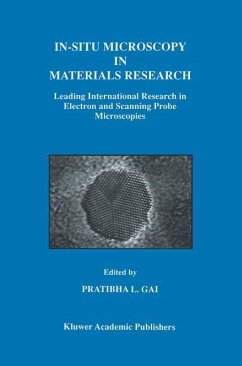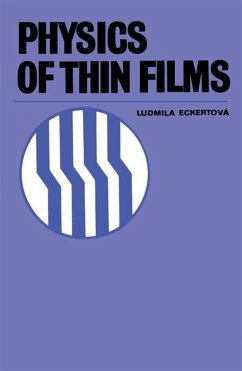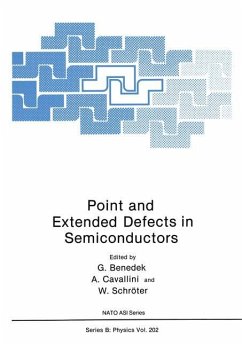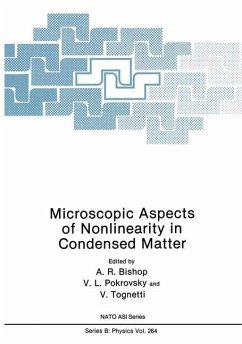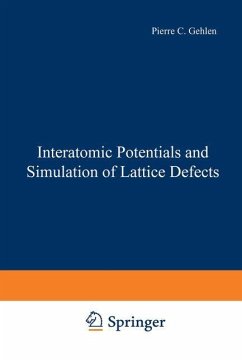
Interatomic Potentials and Simulation of Lattice Defects

PAYBACK Punkte
39 °P sammeln!
This book is the proceedings of the Sixth Battelle Colloquium on the Science of Materials. The Colloquium was devoted to a new field of materials science in which computers are used to conduct the experiments. Although the computer methods used have reached a high degree of sophistication, the underlying principles are relatively straightforward and well understood. The interatomic force laws - a vital input into these computations - however are less well understood. Interatomic Potentials and Simulation of Lattice Defects primarily discusses the validity of a variety of force laws - either fr...
This book is the proceedings of the Sixth Battelle Colloquium on the Science of Materials. The Colloquium was devoted to a new field of materials science in which computers are used to conduct the experiments. Although the computer methods used have reached a high degree of sophistication, the underlying principles are relatively straightforward and well understood. The interatomic force laws - a vital input into these computations - however are less well understood. Interatomic Potentials and Simulation of Lattice Defects primarily discusses the validity of a variety of force laws - either from a theoretical point of view or through comparisons of experimental results and those obtained with computer simulation. The format used in previous Battelle Institute Colloquia is followed. The opening session was aimed at providing an overall view of the field of interatomic forces and defect calculations by major contributors. It was led by Dr. G. H. Vineyard, one of the pioneers in this field. The second day was devoted to research papers on theoretical and experimental aspects of interatomic forces. The remaining days were devoted to research papers on computer simulation of the four types of defects: point defects, line defects, surface defects, and volume defects.



